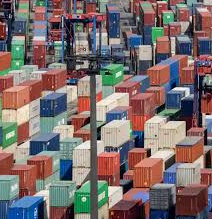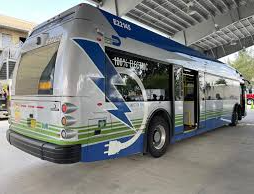Government approves major projects, including high-speed rail, nuclear power plants, and metro networks to fuel economic expansion
Vietnam’s parliament has approved an updated economic target for 2025, raising the country’s GDP growth goal to at least 8%, a significant increase from the previously set range of 6.5% to 7%. This move reflects the government’s ambition to establish sustained growth leading up to the 2026-2030 period, with a long-term objective of achieving high-income nation status by 2045.
In 2024, Vietnam’s economy expanded by 7.09%, one of the fastest growth rates in Asia, surpassing the expectations of major global institutions like the Asian Development Bank and the IMF. However, the decision to pursue a more ambitious growth target comes with an anticipated rise in inflation, with consumer prices expected to increase by as much as 5% this year, up from the previous estimate of 4.5%.
Prime Minister Pham Minh Chinh acknowledged the challenge of hitting the 8% growth target, particularly as global economic growth is forecast to remain modest at 3.3%. Despite these hurdles, the government remains committed to pursuing double-digit growth for the long term. In December 2024, the Prime Minister called on ministries and local governments to focus on achieving a robust growth rate for 2025.
Economists believe that Vietnam must maintain close to 8% growth for a decade to reach a position of sustained high-income status and join East Asia’s elite economies. However, experts also caution that rising global trade tensions, such as those triggered by US tariffs, may negatively impact export prospects and disrupt manufacturing supply chains in Asia.
The government is tackling these challenges head-on, aiming to increase total social investment to at least US$174 billion in 2025, up 33.5% from previous plans. A key element of this investment strategy is a significant rise in public spending, with US$46 billion allocated for public investment projects, marking a 28% increase from 2024’s figures.
Vietnam’s central bank is also playing a crucial role, with plans to expand credit growth by 16% in 2025, up from the previous year’s target of 15%, which was not fully realised. Meanwhile, domestic retail sales are expected to rise 12%, supported by recovering consumer sentiment, the real estate sector’s rebound, and government-backed infrastructure projects.
During the parliamentary session, several key policies were approved to drive growth, including the approval of an ambitious high-speed railway project linking Vietnam to China, and an expansion of the country’s metro systems. The railway, with an investment of US$8.4 billion, will connect major northern manufacturing hubs with China by 2030. Furthermore, a new nuclear power plant in Ninh Thuan province is set to begin construction, with plans to commission the first reactor by 2031.
Additionally, Vietnam’s parliament greenlit the development of urban rail lines in Hanoi and Ho Chi Minh City, with a 752-km network of 17 metro lines planned by 2035. This is part of a broader strategy to modernise the nation’s infrastructure and support sustainable economic growth in the coming decades.








